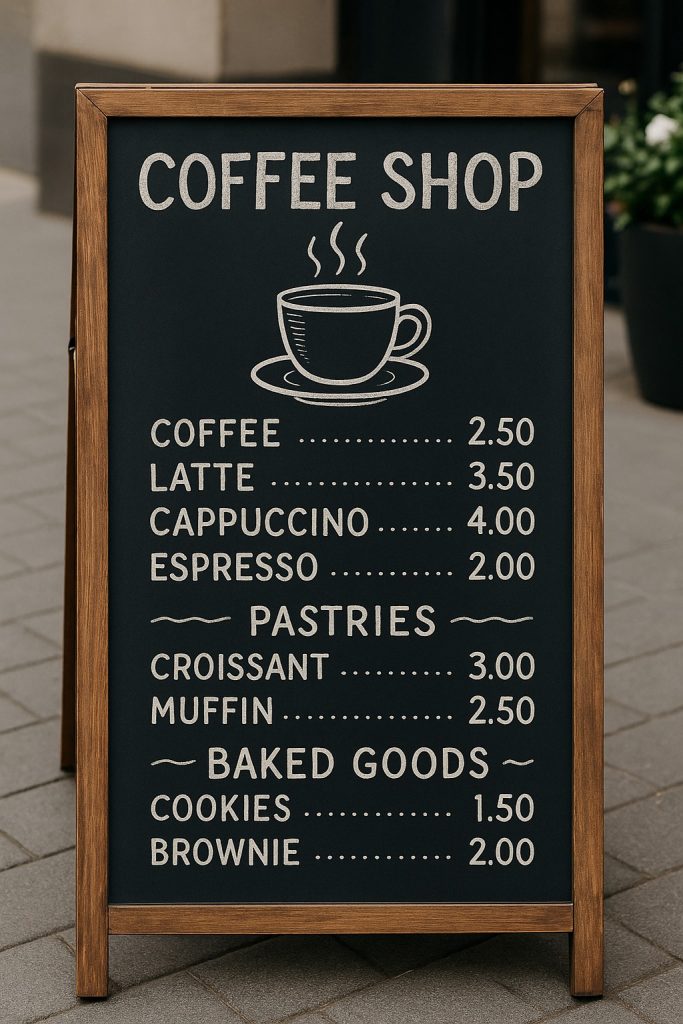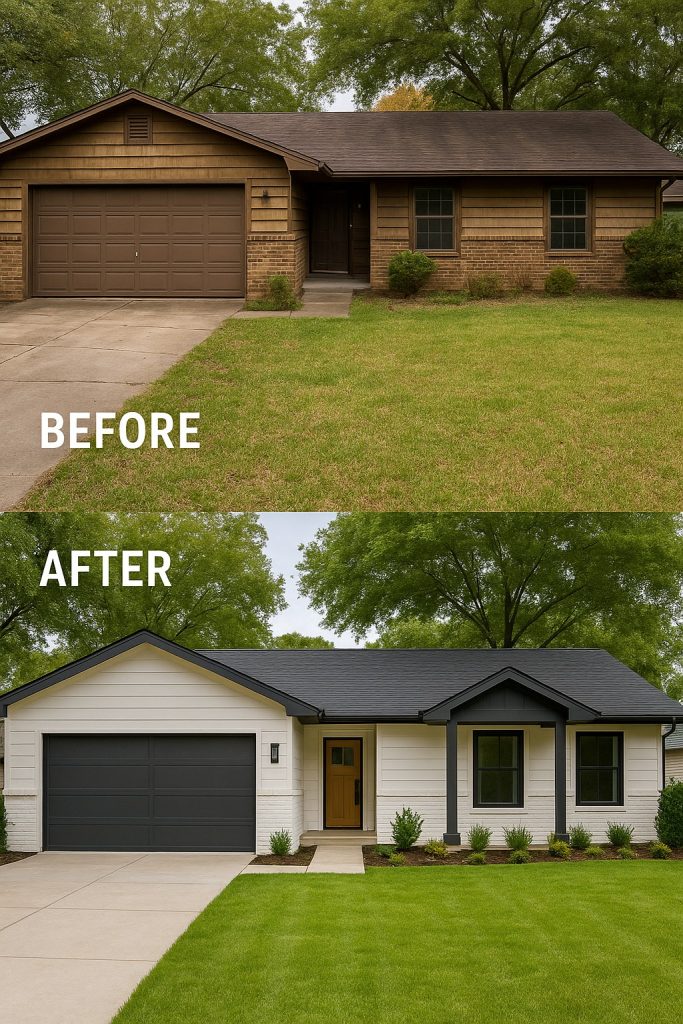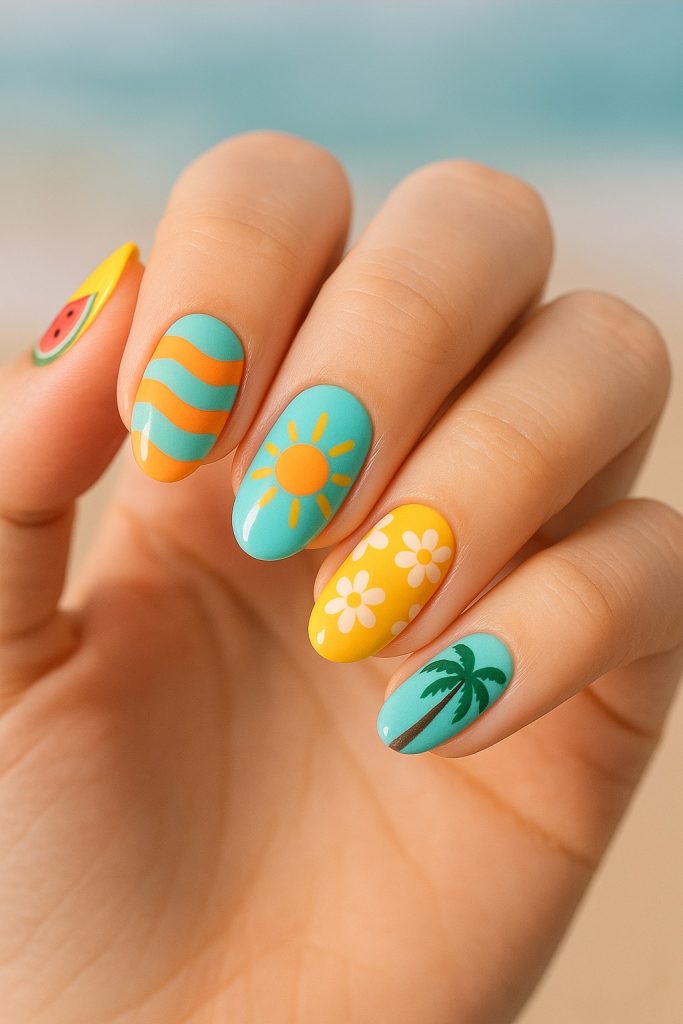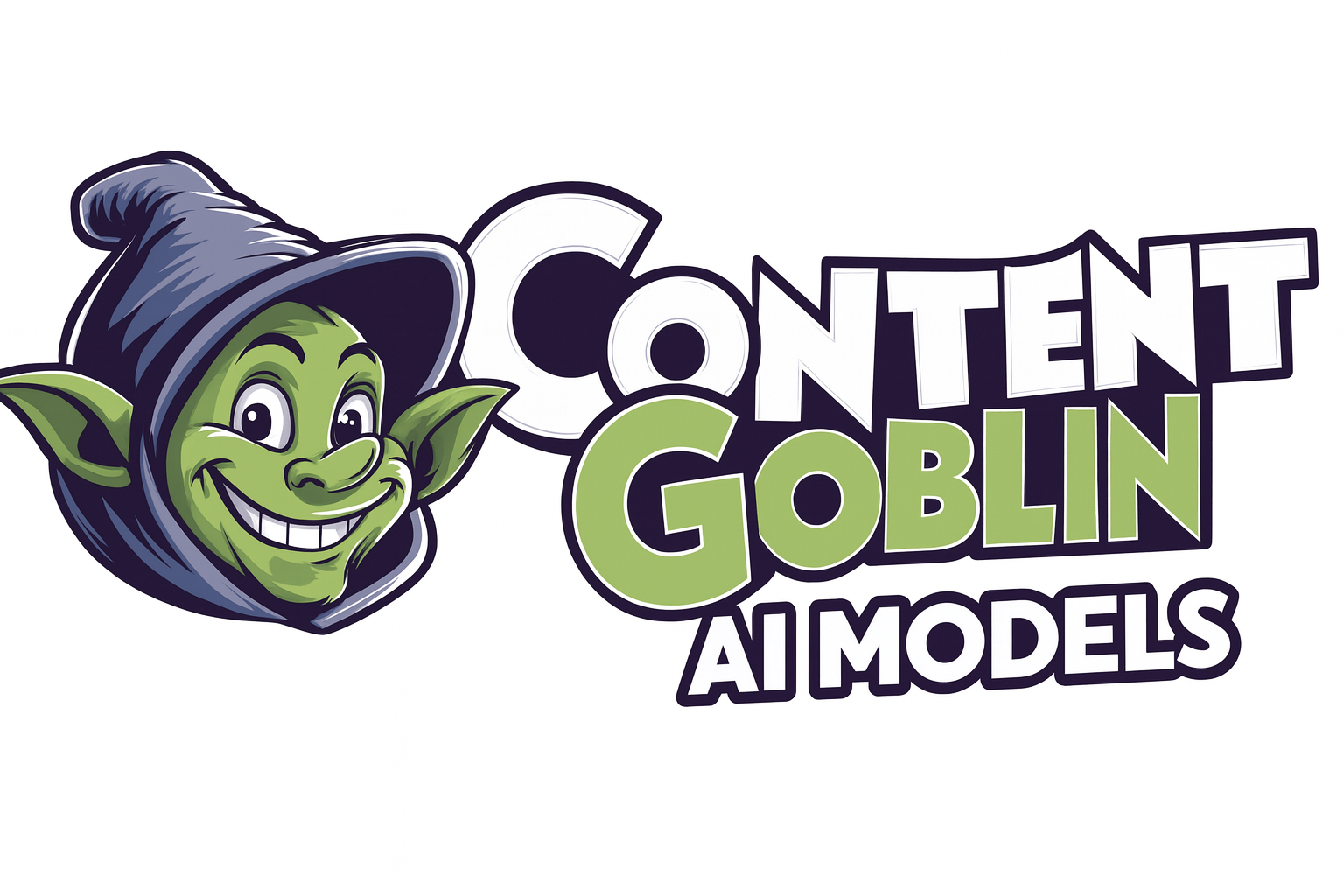Content Goblin offers a large selection of models to choose from. Here is quick guide to help you select a model.
Content Goblin Image Models
There are several image models that vary in price and quality.
| Model | Credits | Best For | Key Reason | Cons |
|---|---|---|---|---|
| Flux Schnell | 1 | Drafting ideas fast | Sub-second renders; perfect for rapid-fire brainstorming | May produce inaccurate images and require more regenerations |
| Flux Pro v1.1 Ultra | 10 | Web-ready polish | Sharper detail and cleaner anatomy than Schnell at a modest cost | Still mid-tier quality; minor background artifacts |
| Recraft v3 | 11 | Stylized realism | Clean, bold edges that pop on social feeds | More illustrative; not ultra-photoreal |
| Ideogram v2 | 13 | Images with text overlays | Handles embedded text better than Flux tiers while maintaining realism | Text often needs touch-up; hands can appear fuzzy |
| GPT-Image-1 Medium | 17 | Text & finger accuracy | Best balance of typography clarity and correct hands | Moderate queue times; pricier than Flux models |
| Flux Kontext Max | 21 | Consistent multi-image stories | Maintains characters, lighting, and mood across panels | Costly for single shots; occasional “memory echo” props |
| Ideogram v3 | 24 | Premium typographic realism | Razor-sharp fonts and richer dynamic range | Higher credit spend; can look over-polished |
| GPT-Image-1 High | 40 | Ultimate photorealism | DSLR-level detail for print-ready hero shots | Best quality, but highest price and longest queues |
Flux Schnell
Rapid-draft dynamo for rough realism
- Use when: You need a blog hero or thumbnail idea in seconds.
- Why it shines: Sub-second renders let you iterate framing, pose, and lighting before spending bigger credits.
- Cons: May misplace details (faces, text, small props) and often needs a few regenerations for a usable shot.
Value model – Good for things like nature images, home decors, food, but lower quality.
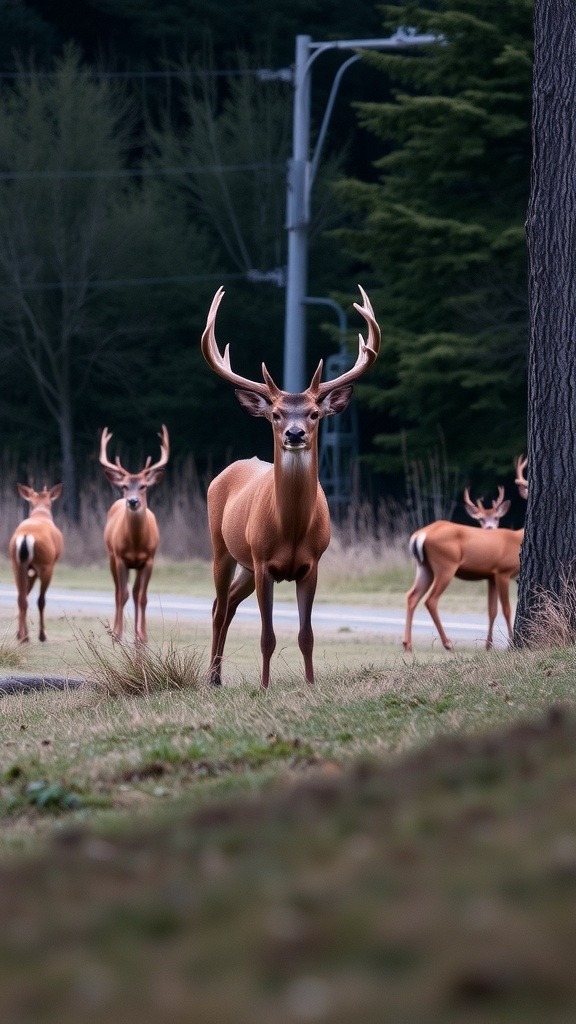


Recraft v3 — 11 Credits
Stylized realism for bold graphics
- Use when: You want a semi-realistic look with crisp, poster-like edges—great for article headers that need a graphic punch.
- Why it shines: Geometry-aware rendering produces clean lines and vibrant color blocks that pop on social feeds.
- Cons: Style leans toward “illustrated,” so ultra-photoreal details (skin pores, complex lighting) may feel flattened.
Can do better with people, but can also produce distorted body parts.
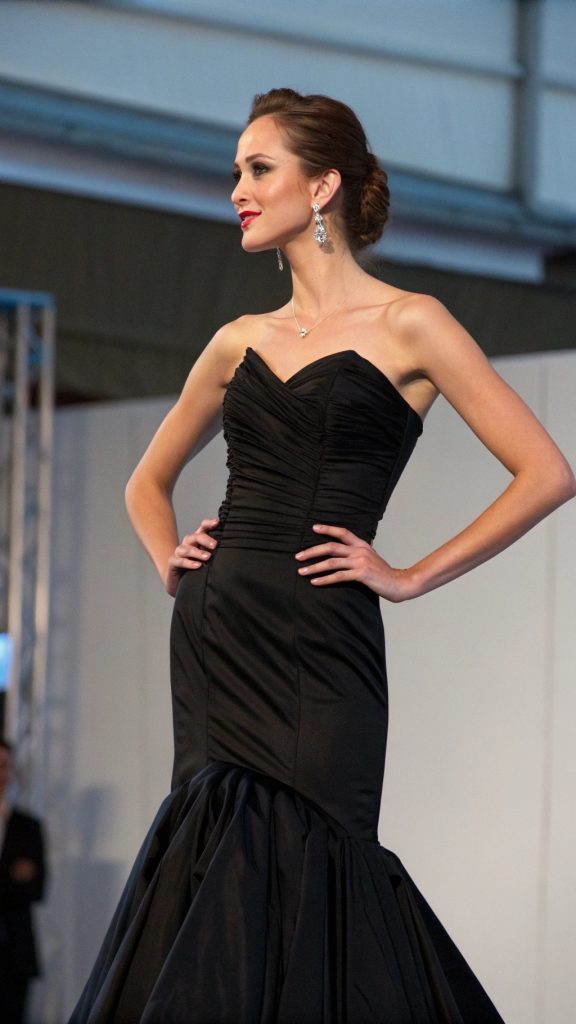


Flux Pro v1.1 Ultra
Budget-friendly photorealist
- Use when: Web-ready images must look believable (clean skin, sharper textures) without print-level polish.
- Why it shines: Noticeably cleaner anatomy and color than Schnell, still cheap enough for multiple drafts.
- Cons: Minor background artifacts and occasional softness mean final printing may reveal flaws.
Good balance of price/quality. Text and body parts can still be a struggle.
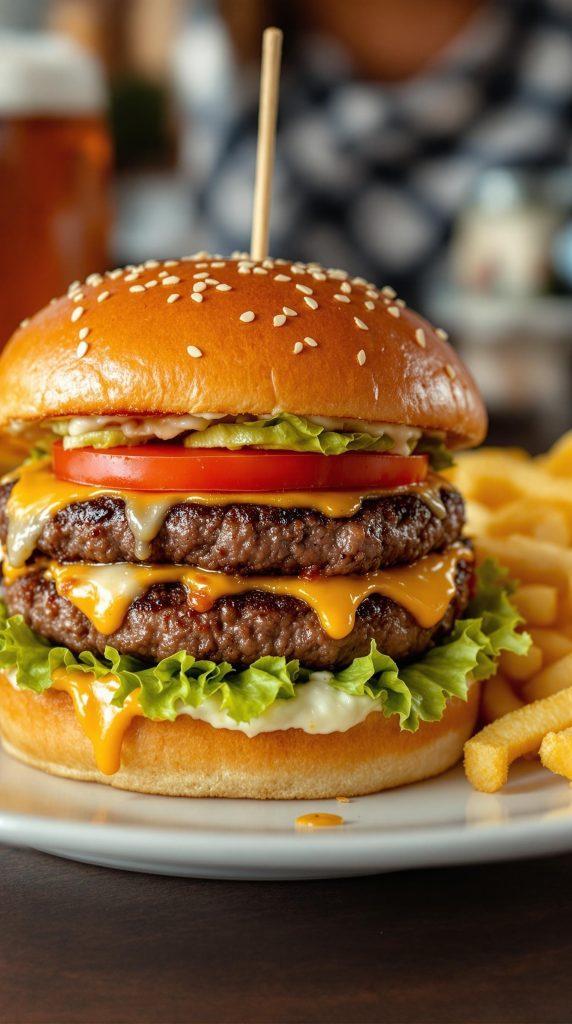

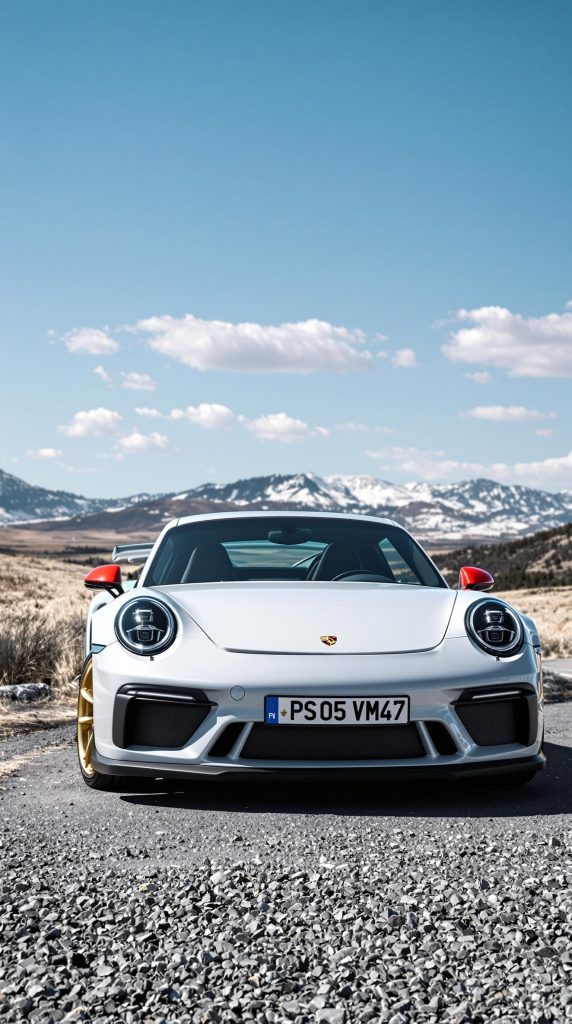
Ideogram v2
Photo realistic images
- Use when: Article headers or social cards need readable overlay text on a realistic backdrop.
- Why it shines: Better embedded-text handling than Flux models while keeping acceptable photorealism.
- Cons: Large fonts are crisp, but small lettering often needs touch-up; hands can appear fuzzy.
Good quality for people and items, but can struggle with text or hands
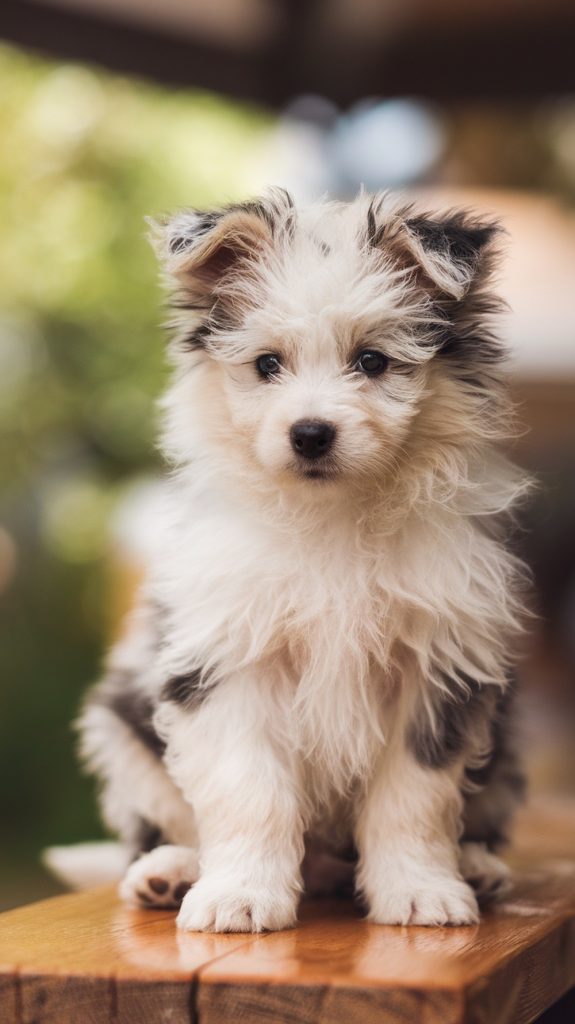
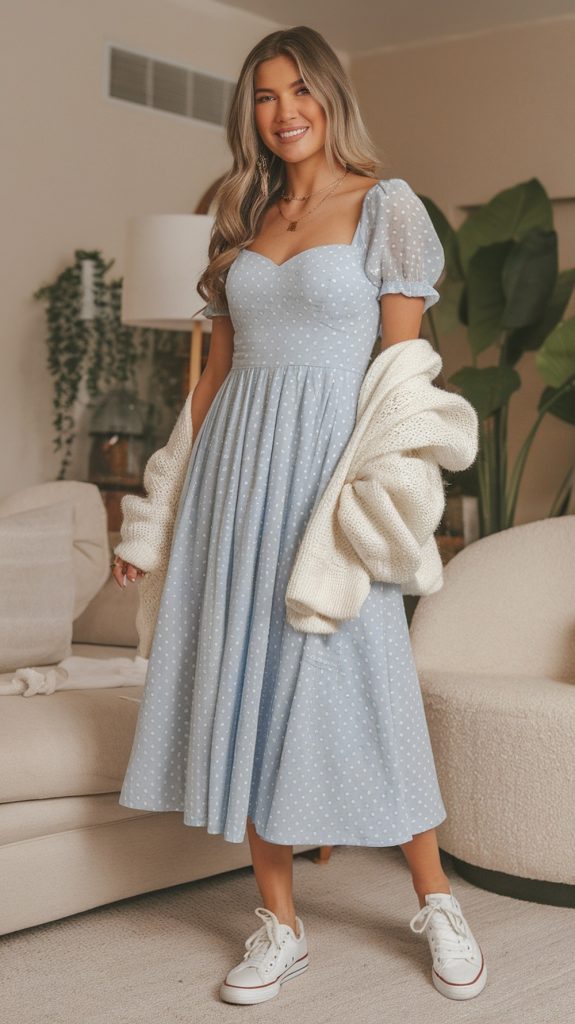

GPT-Image-1 Medium
Sweet-spot realist with perfect fingers
- Use when: Lifestyle or tech stories require clean on-screen text, accurate hands, and nuanced lighting.
- Why it shines: Best mid-tier prompt comprehension; reliably nails fingers, signage, and subtle expressions.
- Cons: Queue times are longer than Flux; credit cost climbs during heavy iteration.
Very good quality for people and hands. Better text quality, but slower generation. Limited size options.



Flux Kontext Max
Scene-consistent storyteller
- Use when: Step-by-step tutorials or multi-image narratives demand consistent characters, outfits, and lighting.
- Why it shines: Remembers context across batches, reducing post-production stitching.
- Cons: Overkill for single images; sometimes re-introduces elements you thought you dropped.
Good for people, food, scenery.
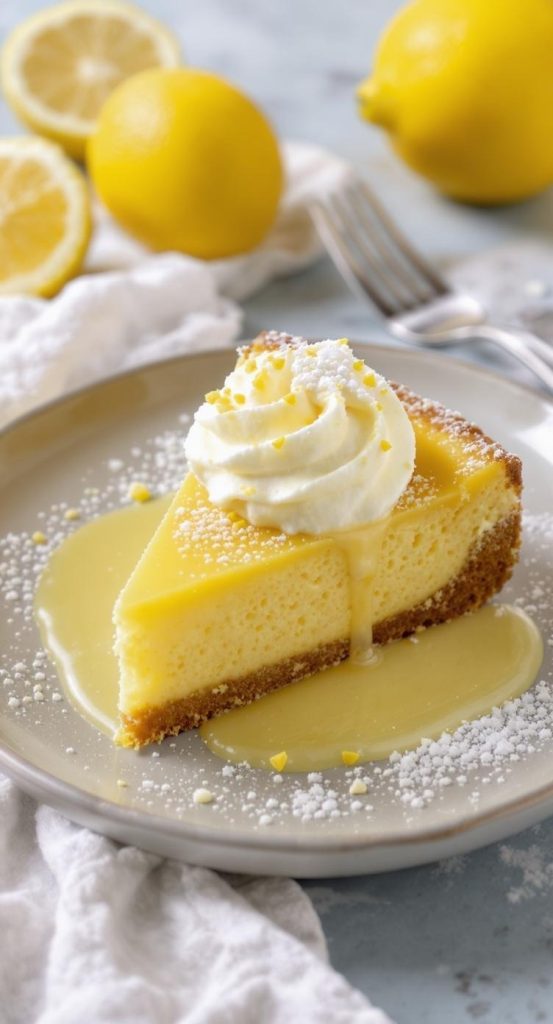
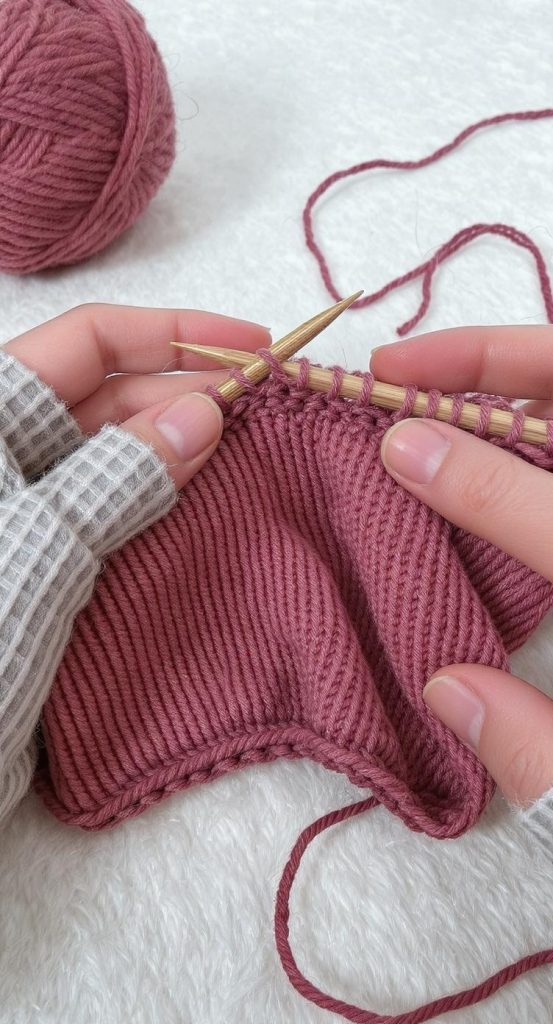
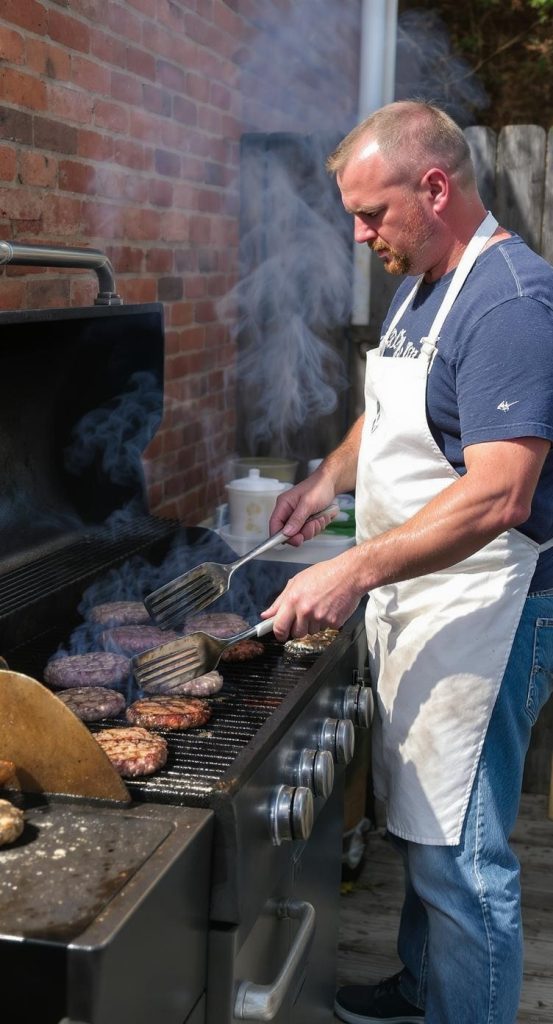
Ideogram v3
Premium typographic realism
- Use when: Magazine-style cover images or YouTube thumbnails need razor-sharp headline text against a photo.
- Why it shines: Industry-level font clarity and richer dynamic range than v2.
- Cons: Higher credit spend and a tendency toward “studio perfect” looks that feel over-processed in gritty pieces.
Better with hands, text, and realistic humans. Text should be kept short.
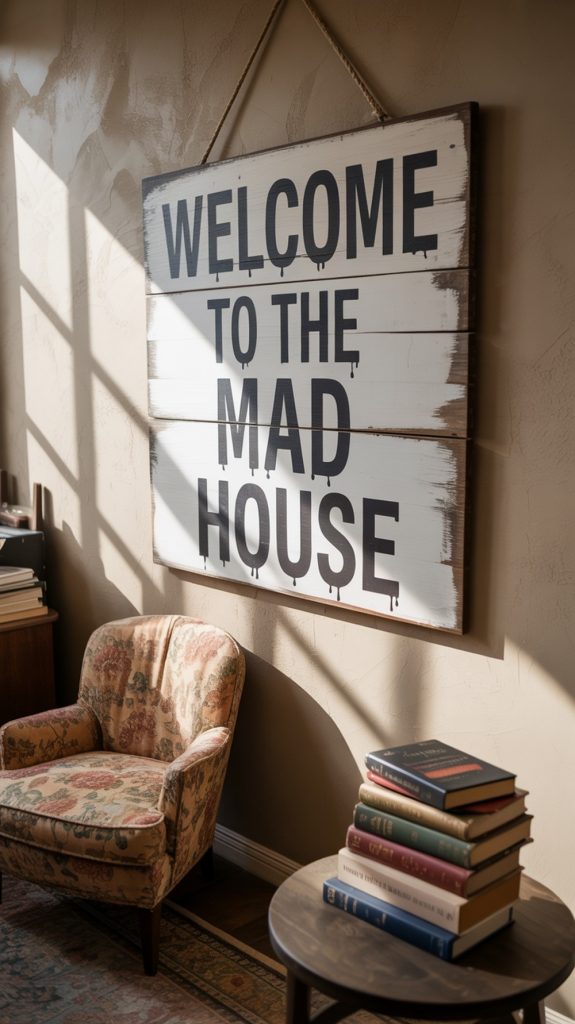


GPT-Image-1 High
Flagship photoreal powerhouse
- Use when: Print ads, sponsored hero shots, or any final deliverable where detail cannot falter—even at 4K.
- Why it shines: DSLR-grade sharpness, flawless anatomy, and best-in-class embedded text.
- Cons: Highest price and longest queues—reserve for the last, polished render.
Best model overall. Good for fingers, long text, and most things that other AI models struggle with. High quality but much slower than other models. Expect generation to take 30 seconds or more per image.
